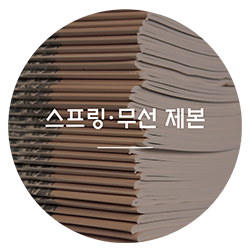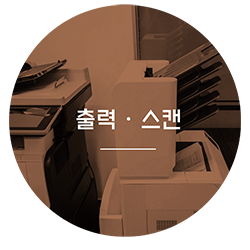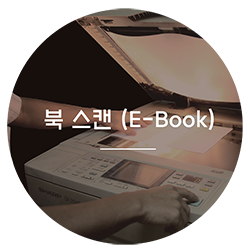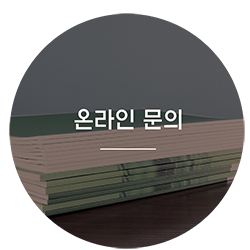Wine Tasting
페이지 정보

본문
Wine Tasting
What is the which means of wine tasting?
Wine tasting is a sensory exercise that entails the analysis of wine by way of varied elements. It engages your senses to understand and establish the unique characteristics and qualities of various wines.
- Sight: Observing the color, readability, and viscosity of the wine.
- Smell: Swirling the wine in a glass to launch its aromas after which inhaling to determine completely different scents.
- Taste: Taking a sip to discover the flavors, textures, and balance of the wine.
- Finish: Noting the aftertaste and how lengthy the flavors linger on the palate.
Overall, wine tasting is not just about consuming wine however entails a deeper appreciation of its complexities and subtleties.
Steps in Wine Tasting
- Preparation: Gather the mandatory instruments - wine glasses, palate cleansers, 오피사이트 and a notepad if desired.
- Examine: Observe the wine’s appearance in the glass.
- Swirl: Gently swirl the wine to reveal it to air.
- Smell: Bring the glass to your nose and take a deep inhale.
- Taste: Sip the wine and let it coat your palate.
- Reflect: Take notes and share your impressions.
Wine tasting is usually a enjoyable and educational experience, whether or not done alone or with others, and allows people to develop their palate and recognize the variety of wines available.
What is the method of wine tasting?
Wine tasting is an art that involves a structured approach to savoring the advanced flavors, aromas, and textures of wine. Below is a methodical way to conduct a wine tasting:
1. Look
Begin by examining the wine in your glass. Hold it against a white background to watch its color and clarity. Take note of the wine's viscosity, which may indicate its body.
2. Swirl
Gently swirl the wine within the glass. This action releases the wine's aromas. It allows oxygen to interact with the wine, enhancing its fragrance.
3. Smell
Bring the glass to your nostril and inhale deeply. Try to identify totally different aromas. They can range from fruity, floral, natural, to earthy notes. This step is essential as the sense of smell plays a major role in flavor perception.
4. Taste
Take a small sip of the wine, permitting it to coat your palate. Focus on its flavors, acidity, sweetness, tannin levels, and body. Consider how these components stability and work together with one another.
5. Evaluate
Finally, mirror on the wine’s general profile. Assess the finish — how lengthy the flavors linger after swallowing. Think concerning the wine's complexity and whether you loved it.
By following this method, you can enhance your wine tasting expertise and develop a deeper appreciation for different wines.
How to grasp wine tasting?
Grasping the art of wine tasting includes understanding the sensory elements of wine and refining your palate. Here are some steps that can help you learn to style wine effectively:
1. Prepare Your Environment
- Choose a well-lit space to watch shade.
- Ensure the house is free from strong odors that might intrude along with your tasting experience.
2. Use the Right Glassware
Using a proper wine glass helps in concentrating the aromas. Opt for a glass that is clear and has a tulip shape.
3. Observe the Wine
- Visual Assessment: Hold the glass against a white background to see the wine's shade and clarity.
- Swirling: Gently swirl the wine to launch its aromas.
4. Smell the Wine
Take a moment to inhale the aromas. Try to establish totally different scents.
- Fruits, spices, herbs, and other aromatic notes can be detected.
- Focus on both the initial aromas and people who emerge after swirling.
5. Taste the Wine
- Initial Taste: Take a small sip and let it sit on your tongue.
- Identify Flavors: Try to pinpoint the flavors you expertise.
- Texture and Body: Consider whether or not the wine is gentle, medium, or full-bodied.
6. Evaluate the Finish
Take observe of the aftertaste. A longer end is commonly an indicator of a better high quality wine.
7. Take Notes
Recording your ideas on completely different wines might help refine your palate over time. Include:
- Wine name and vintage
- Aroma and flavor notes
- Overall impression, together with mouthfeel and finish
8. Practice Regularly
The extra you style, the better you'll turn out to be at figuring out completely different traits in wine. Join wine tasting occasions or create your personal tastings with friends.
With time and experience, you may develop a deeper understanding and appreciation of wine. Happy tasting!
- 이전글Outrageous Spinwin77 Link Alternatif Tips 24.11.23
- 다음글온라인 비디오 다운로더 5 24.11.23
댓글목록
등록된 댓글이 없습니다.









